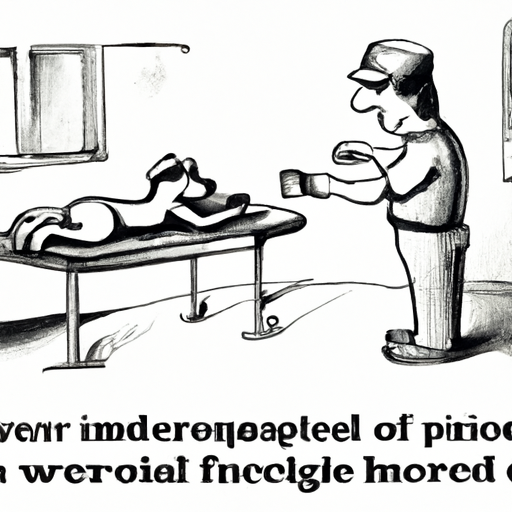Introduction
As a caregiver, you’re always looking for ways to ensure the safety and well-being of your pets. One of the ways you can protect your dogs is through microchipping. But where exactly is this chip placed? And how does it work? Let’s delve into these questions and more.
What is a Microchip?
A microchip is a tiny device, about the size of a grain of rice, that uses radio frequency identification (RFID) technology. In simple terms, it’s a small computer chip that stores a unique identification number. When a scanner is passed over the microchip, it transmits this number, which can be used to retrieve your contact information from a database.
Where Are Dogs Microchipped?
The microchip is typically implanted under the skin of your dog, at the back of the neck between the shoulder blades. This is a standard location accepted by vets and animal rescue organizations worldwide.
-
Why this location?
-
It’s a spot on the body that dogs can’t easily reach, reducing the chance of the chip being damaged or dislodged.
- It’s a relatively painless area for injection, causing minimal discomfort to your pet.
The Microchipping Process
The microchipping process is simple and quick, often taking less than a minute. Here’s what you can expect:
- Your vet will use a specially designed syringe to implant the microchip.
- The needle, while larger than those used for vaccinations, is inserted quickly and causes little discomfort.
- No anesthesia is typically required for the procedure.
How Does a Microchip Work?
A microchip is not a GPS device and does not require power to function. Instead, it’s activated by the scanner used by vets or animal shelters. When the scanner is passed over your dog’s back, it sends out a radio frequency that provides power to the chip, enabling it to transmit the identification number stored within it.
| Microchip Components | Function |
|---|---|
| Unique Identification Number | This number is registered to the owner in a pet recovery database |
| Antenna | Receives radio frequency from scanner |
| Capacitor | Powers the microchip |
Frequently Asked Questions
Q: Is microchipping painful for my dog?
A: While the needle used is slightly larger than that used for vaccinations, it’s generally a quick and minimally uncomfortable procedure for your dog.
Q: Can the microchip move from its original location?
A: It’s rare, but the chip can sometimes migrate on the dog’s body. Regular vet check-ups can ensure it’s still in place.
Q: Does the microchip require maintenance or battery changes?
A: No, the microchip is a passive device and does not require any power source or maintenance.
Q: Can I track my dog’s location with the microchip?
A: No, a microchip is not a GPS device. It only provides identification information when scanned by a vet or shelter.
In the end, microchipping is a simple process that offers a reliable way to reunite with your dog should they ever get lost. As a caregiver, it’s one of the most responsible steps you can take to ensure your pet’s safety.



